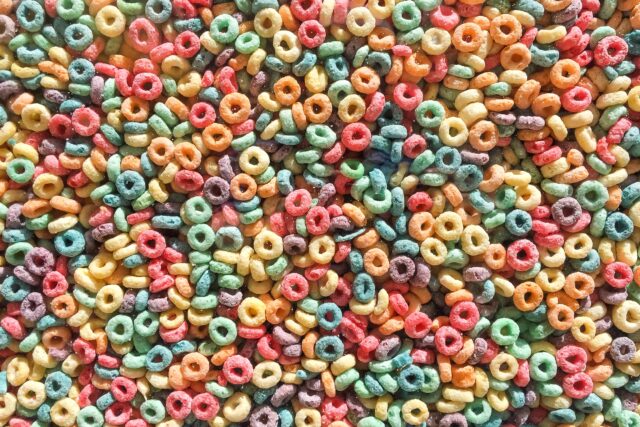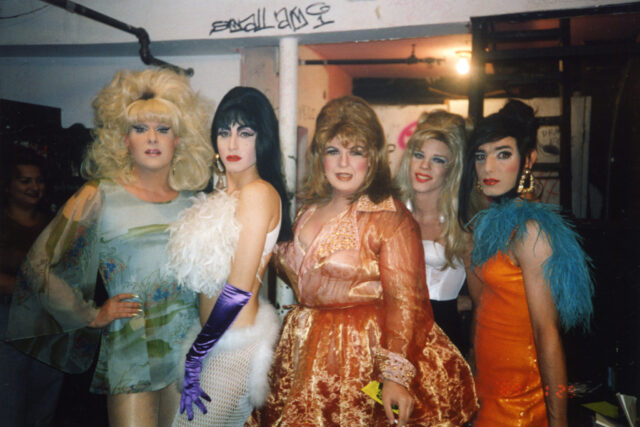Behind Closed Hives
The Bittersweet Truth of Honey Adulteration
Nikki Santos
August 8, 2024
What is honey adulteration?
Food adulteration occurs when the quality of food is decreased by adding an additional ingredient not typical to that food or substituting an ingredient for lower quality materials. Honey is one of the most commonly adulterated foods worldwide, due in large part to the lack of regulation surrounding it.
The federal standards for what constitutes pure honey are vague, and do not specify to what extent honey can be adulterated and still marketed as pure honey. Honey is not required to be certified by any government agency. While the U.S. The Department of Agriculture (USDA) considers the level of adulteration when determining a honey product’s grade, this grading system is primarily dependent on other factors, like color, and is not required to be published on a jar of honey.
In the case of honey, any additional ingredient that gets added to it, such as artificial sweetener, is considered an adulterant. Honey can be directly adulterated, by adding syrups or sugars to harvested honey, or indirectly adulterated, by overfeeding bees with artificial sugar syrups to increase the honey production in bee hives or by providing bees with high doses of veterinary medicine that can increase their honey output.
In the case of direct adulteration, honey can be diluted with a wide range of products, including C4 and C3 sugars. C4 sugars refer to sugars produced from tropical plants like cane sugar, corn syrup, and high fructose corn syrup. Once these additives became easier to detect in the 1970s in new honey testing products, honey manufacturers began adding C3 sugars, which are syrups derived from plants with sugars more similar to honey, like rice, beets, or cassava. In some countries, wheat, banana, and flour have also been used to increase the overall quantity of honey.
If you buy honey from supermarket shelves, you have probably bought impure honey without knowing it, even if it was labeled as “all-natural” or “100% pure.”
Since these sugars are similar to those found in pure honey, current honey tests struggle to recognize when honey has been altered; some older versions of tests that are still used are unable to detect products that are 40% syrup and 60% honey. The addition of natural flavors to honey, such as ginger or berries, can further complicate these tests and result in false positives regardless of whether genuine adulterants have been added.
Even when these tests are able to detect the presence of adulterated honey, the detection limits can make it so adulterated honey is able to slip through these processes. For example, a form of testing used by the FDA called stable carbon isotope ratio mass spectrometry (SCIRA), has a detection level of approximately 20%, which means that honey that is up to 20% impure will still be allowed to pass testing and be sold as natural and pure honey.
This grants companies selling impure honey diluted with cheap sugar syrups a substantial economic advantage over those that are selling pure honey.
It also means that if you buy honey from supermarket shelves, you have probably bought impure honey without knowing it, even if it was labeled as “all-natural” or “100% pure.”
How widespread is this problem?
Since honey examinations lack the ability to know for certain whether honey has been adulterated, it is difficult to determine the extent of this problem. Some news sources have described honey as the third-most faked food in the world. In Europe, concerns regarding adulterated honey by producer organizations and consumer protection associations were high enough to trigger the European Union to engage in a coordinated action to protect consumers from fake honey.
The Food and Drug Administration (FDA) has estimated that about 13% of honey in Canada and 14% in the European Union has been adulterated. In contrast, the FDA also published a study in 2022 examining 144 containers of honey imported into the U.S. They found that around 14% of these samples met the standards for adulteration, though the additives found were not specified.
![[F]law School Episode 9: Profits Over Patients](https://theflaw.org/wp-content/uploads/2024/12/danie-franco-CeZypKDceQc-unsplash-scaled-e1735518825718-640x427.jpg)







